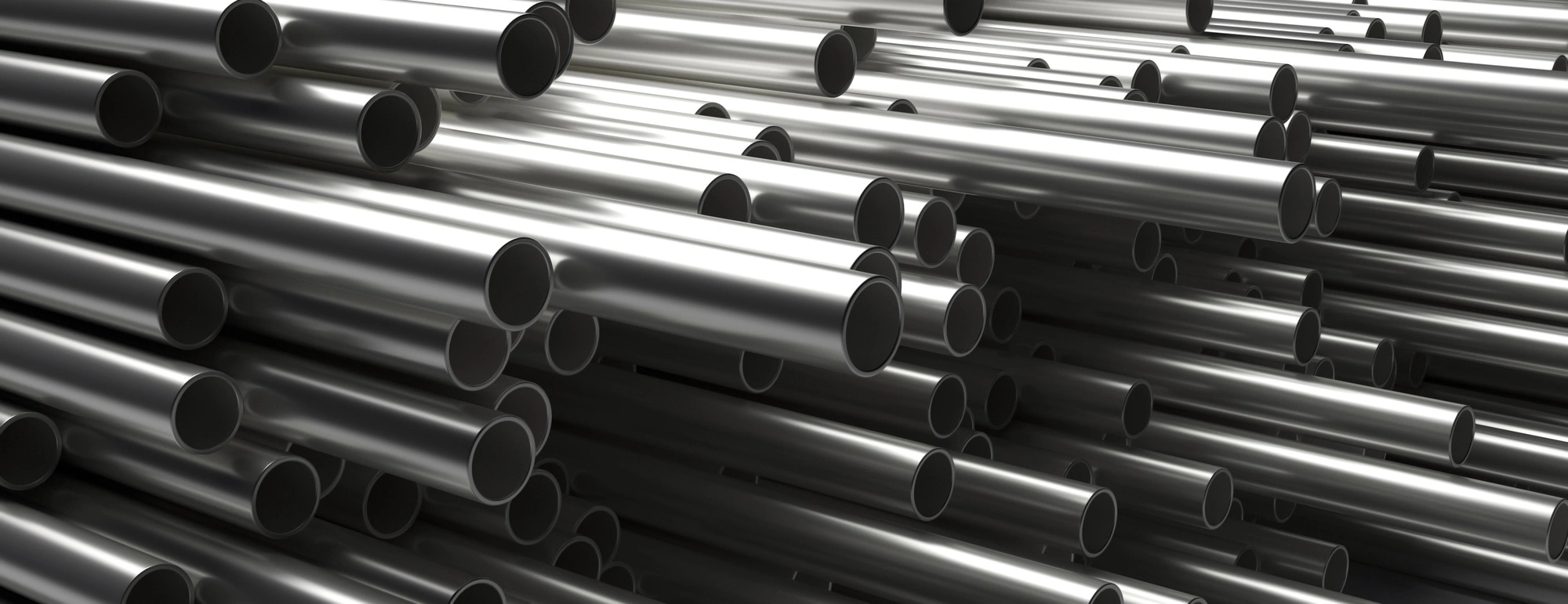

Zirconium (Zr) is a critical material used across various industries, including nuclear energy, chemical plants, special alloys, explosives, and medical tools. The global demand for non-nuclear Zr is around 3,000 tons annually, with nuclear-grade Zr consumption significantly higher at 7,600 tons. As Zr plays an indispensable role in many high-tech and energy sectors, the recycling of Zr scrap presents notable economic and environmental advantages, especially given the material’s high value and the increasing generation of scrap.
Globally, Zr scrap generation has been steadily rising, with approximately 7000 tons of reactor-grade Zr scrap being produced annually. This figure is expected to grow due to increased Zr production from zircon sand. The value of Zr scrap is comparable to materials like aluminum and titanium, priced around 5 USD per kg. However, when recycled into nuclear-grade Zr, its price increases to 50 USD per kg—a nearly ninefold rise. This stark difference highlights the potential economic benefits of recycling Zr.
Despite the advantages of recycling, many regions still rely heavily on the import of Zr materials, exporting their Zr scrap for processing abroad and then importing the refined material back. This situation underscores the need for improved local recycling capabilities to reduce dependency on external suppliers and enhance the efficiency of the Zr supply chain.
Currently, in many regions, there is limited technology for refining Zr from ores, and intermediate materials like Hf-free Zr ingots or T-REX tubes are often imported for further processing. During the manufacturing process, significant amounts of Zr scrap are generated, particularly in the form of cutting tubes, chips, and turnings. A large portion of this scrap—approximately 86%—is considered on-grade, meaning it is relatively clean and can be recycled with minimal processing. The remaining 14% is off-grade, containing impurities or mixed alloys, requiring more complex recycling processes.
Globally, major Zr manufacturers such as Areva and Westinghouse have established effective recycling systems, with Areva, for instance, recycling about 95% of its Zr scrap. These companies incorporate up to 30% scrap in their manufacturing processes, demonstrating the high recyclability of Zr.
Zr scrap is categorized into four levels of recyclability based on its source and purity:
On-grade Zr scrap, which makes up most of the Zr scrap generated globally, can be recycled relatively easily. This process involves cleaning the scrap through ultrasonic and acid treatments before remelting it. For reuse in the nuclear industry, the cleaned scrap is pressed and used as consumable electrodes in vacuum arc remelting, turning it into ingots for further use in various applications.
Off-grade Zr scrap, on the other hand, is more difficult to recycle due to its higher impurity levels. Traditional recycling methods involve chlorinating the scrap and reprocessing it into sponge Zr through the Kroll process. However, this approach is inefficient, requiring multiple steps and introducing both environmental and economic challenges. As a result, research is underway to develop more efficient methods, such as recovering pure Zr from scrap in molten salt environments, which could reduce the complexity and cost of the recycling process.
Zr remains essential, particularly in nuclear applications where it serves as a critical material for fuel cladding. The global demand for nuclear-grade Zr is expected to remain strong, as no suitable alternative materials have been identified. Given the complexities involved in Zr production, from ore refining to alloying and fuel assembly manufacturing, the recycling of Zr scrap is a crucial aspect of the supply chain.
With most Zr scrap being on-grade and relatively easy to recycle, there is significant potential to reduce reliance on imported Zr materials through effective recycling practices. However, the challenge of off-grade Zr scrap recycling remains, and innovations in recycling technology, such as molten salt recovery, will be key to overcoming these obstacles. Advancements in Zr recycling will enhance the sustainability and competitiveness of industries that depend on this valuable material, reducing costs and minimizing environmental impact.